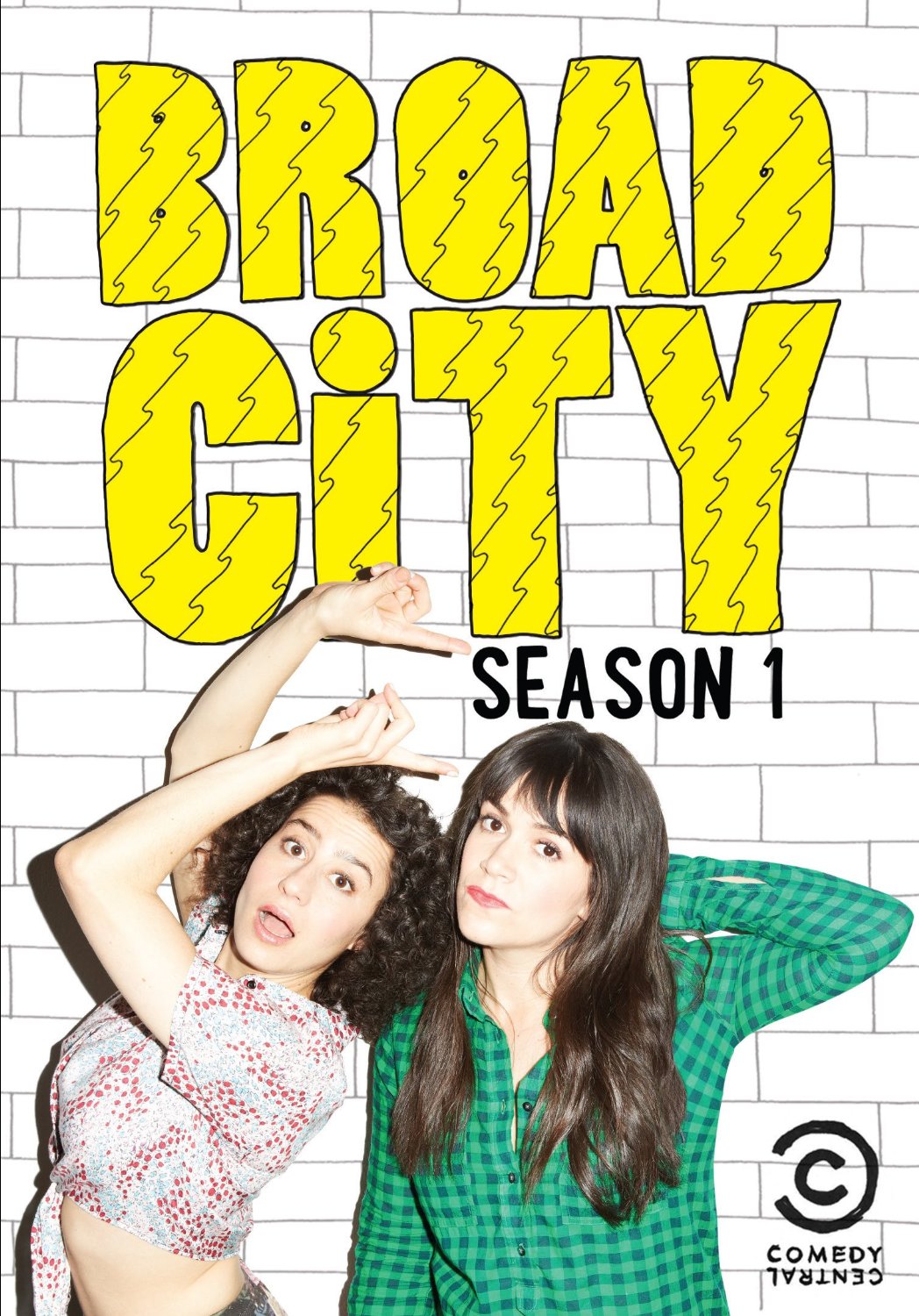Broad City, a show about two Jewish girls in their mid-twenties living in New York City, has been heralded as a must watch television show for girls and women across the country. Elle has described Broad City as “pushing the boundaries,” while Bustle described the show as “blatantly feminist.” While the show does dispel many of the hyper-sexualized narratives within the media concerning women’s sexuality, the extent of its feminism is very one-dimensional. I will be analyzing Broad City through the lens of transnational feminism, because to claim that Broad City is the ultimate example of feminism is to relegate any form of feminism other than liberal feminism into the background.
Within the first episode of Season Three, “Two Chainz,” one of the two main characters, Ilana, makes a xenophobic comment, claiming she is late because she read an article “about these Saudi women who have to ask their ‘keepers’ permission to leave the house…I was so pissed I had to blow off some steam and masturbate first.” Many viewers fail to notice the xenophobic nature of the comment due to the overtly sex positive notion of masturbation at the end of the sentence. In “Feminist Theory, Embodiment, and the Docile Agent: Some Reflections on the Egyptian Islamic Revival,” Saba Mahmood asserts that “agency, in this form of analysis, is understood as the capacity to realize one’s own interests against the weight of custom, tradition, transcendental will, or other obstacles” (206). This cultural structure in Saudi Arabia is deemed oppressive in the eyes of a white urban woman with the assumption that Saudi Arabian women desire something different than their current position within society. Mahmood continues, “Feminism, therefore, offers both a diagnosis of women’s status across cultures as well as a prescription for changing the situation of women who are understood to be marginal, subordinate, and oppressed” (206). It is assumed that all women desire the same type of liberation as the western, white, urban woman. However, this ignores the complexities of autonomy, as every woman has a different positionality. To assume that all women have the same desires is to ignore the various intersections of identity outside of gender identification. Along these lines, in the “Redstockings Manifesto,” the Redstockings assert that they “will not ask what is ‘revolutionary’ […] only what is good for women” (101). However, this assumes that there is a universal truth for autonomy, rather than acknowledging that what is good for some women may be detrimental for others.
 The “Redstockings Manifesto” simplifies the complexities of sexism through the failure to recognize the systematic intersections of race, class, nationality, and sexuality in relation to gender. Similarly, the celebration of Broad City as a feminist television show abridges feminist theory, perpetuating the notion that feminism is simply a validation of women. Although Broad City appears to be progressive due to its celebration of female masturbation and body positivity, it fails to acknowledge the complexities within female identity. We must be critical of the ways in which we willingly label something as feminist. To imply that something is feminist because it insinuates the equality of men and women is to ignore the interlocking systems of domination that coincide with gender oppression as well as disregard the various types of feminism, assuming that all forms of feminism are the same. Broad City can be empowering for women without being rooted in the ideologies of feminism.
The “Redstockings Manifesto” simplifies the complexities of sexism through the failure to recognize the systematic intersections of race, class, nationality, and sexuality in relation to gender. Similarly, the celebration of Broad City as a feminist television show abridges feminist theory, perpetuating the notion that feminism is simply a validation of women. Although Broad City appears to be progressive due to its celebration of female masturbation and body positivity, it fails to acknowledge the complexities within female identity. We must be critical of the ways in which we willingly label something as feminist. To imply that something is feminist because it insinuates the equality of men and women is to ignore the interlocking systems of domination that coincide with gender oppression as well as disregard the various types of feminism, assuming that all forms of feminism are the same. Broad City can be empowering for women without being rooted in the ideologies of feminism.


